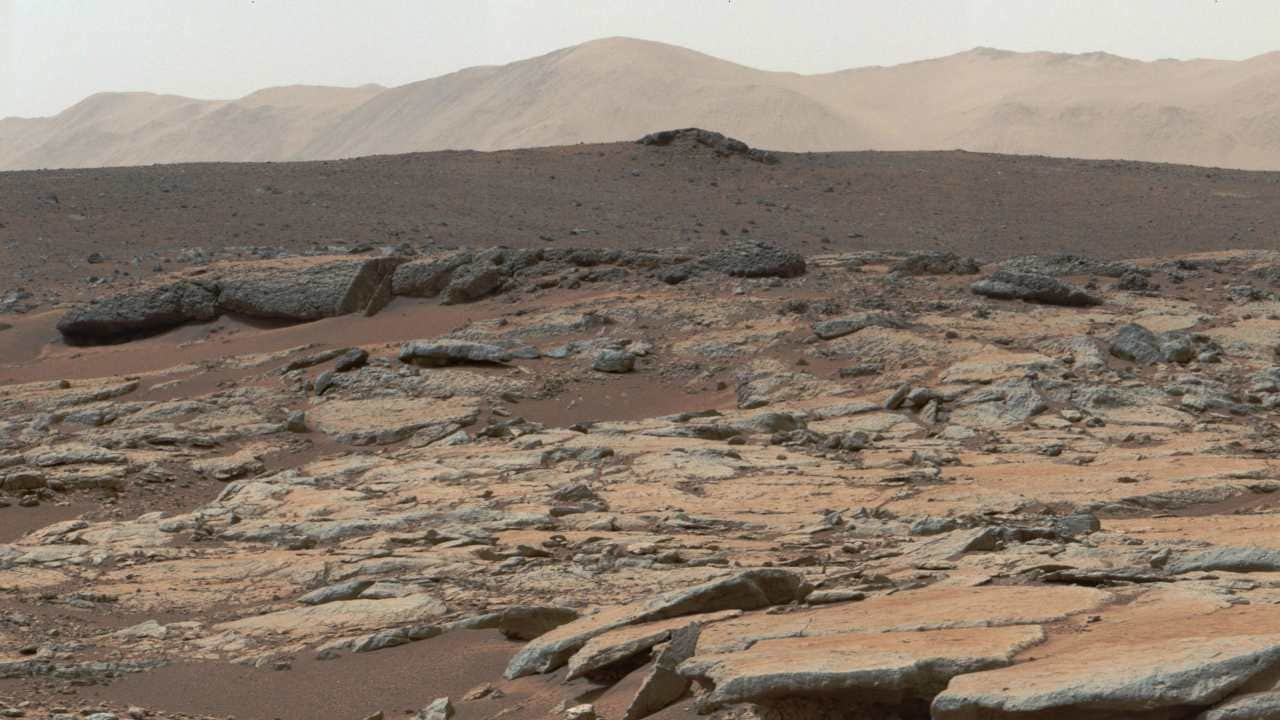Mars’ Gale Crater 3 billion years ago resembled Iceland in terrain, temperature: study- Technology News, Firstpost
FP TrendingFeb 03, 2021 19:11:24 IST
Rocks from the Gale Crater in Mars have given researchers a glimpse into what the region was like more than 3 billion years ago, and a new study suggests seasons in the crater must have been like those in Iceland today. A team of Rice University scientists compared data of the Gale Crater collected by the Curiosity rover with places on Earth with similar geologic formations. They made sure that these regions have experienced weathering in different climates. The comparison study found that Iceland’s terrain and temperature was the closest match to that of ancient Mars.
According to a statement from Rice University, temperature had the biggest impact on how rocks formed on the neighbouring planet all those years ago. Sediments were deposited by ancient Martian streams in the crater and these sediments weathered by climate over time. Now, Iceland’s ‘basaltic terrain and cool weather’ – where temperatures do not go above 38 degree Fahrenheit (3.3 degrees Celsius) – is quite a reflection of the Martian phenomenon.

The landing site for NASA’s Mars rover Curiosity was chosen for giving the mission access to examine the lower layers of a mountain inside Gale Crater. Image: NASA
The study was published in the journal JGR Planets and uses data from varying terrains on Earth like in Iceland, Idaho and other regions. While data collected from the NASA Curiosity rover was able to answer details about the chemical and physical states of mudstones formed in an ancient lake in Mars, it was not enough to suggest the possible climate conditions when the sediment eroded upstream. It is known that the crater housed a lake, but it is not known whether the planet was home to mostly rivers and lakes or snow and glaciers.
Michael Thorpe, who was part of study, explained that sedimentary rocks in Gale Crater suggest the actual climate was somewhere in the middle of the two extremes. “The ancient climate was likely frigid but also appears to have supported liquid water in lakes for extended periods of time.”
The researchers also said that similar techniques of comparing Mars’ samples with present day Earth can help us find a lot more and this can be done with the findings of Perseverance.


